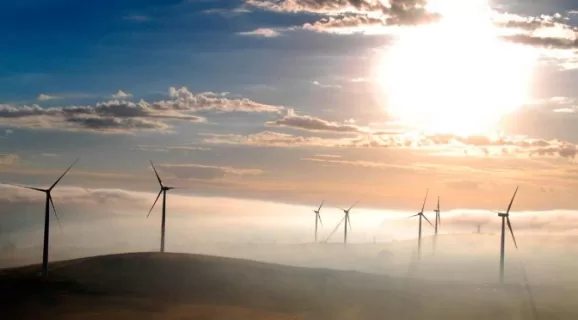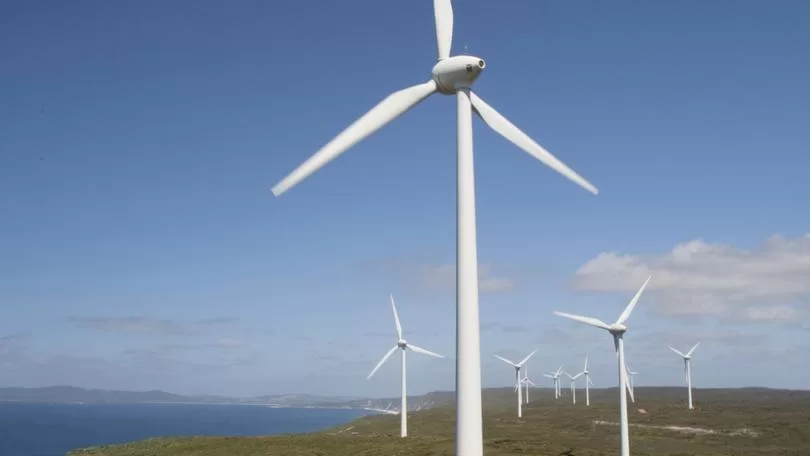Acciona Energy’s Bellwether Project launch as just been announced, which will become the second largest onshore wind farm in the world, with a capacity of 3,000 MW. This farm will be located in Perth, Australia and will require an investment of €2,500 million. Construction will begin in 2025, and it is expected to be operational in 2030. The announcement reinforces Acciona Energy’s international expansion strategy and joins other large projects that the company is developing in Australia, such as the MacIntyre wind project (1,026 MW).
The upcoming wind farm would immensely dwarf the next-largest projects in the entire country, including the 1,330-megawatt Golden Plains wind farm located in Victoria and Acciona’s 1,000-megawatt MacIntyre project located in Queensland.
Additionally, it would also significantly outstrip the proposed 100-turbine Ambrosia project near Collie, currently the largest wind project proposed for Western Australia.
Acciona Energy’s Bellwether Project Factsheet
Project name: Bellwether Project
Location: Perth
Capacity: 3,000 MW
Developer/contractor: Acciona
Cost: €2,500 million ($2.79 billion)
Commencement date: 2025
Completion date: 2030
Location
The project’s wind turbines would be built on 100,000 hectares of farmland based at the shires of West Arthur, Williams, Wagin and Narrogin, southwest of Perth.
Jeff Nitsch, who is the managing director of Acciona WA, stated that the wind farm, which has an expected completion date of 2030, would be one of the largest in the world once it commences its operations.
“The MacIntyre project in full scale is about 1,000 megawatts, the proposed Bellwether wind farm project could be two or three times that scale,” he said. “At that size, it could be the largest onshore wind farm outside of China.”
He said the company was in discussions with the landowners and local governments about the proposed development, but anticipated Acciona could be exporting power to the grid within six years.
Significance of the Project
Tristan Edis, director of Green Energy Markets, said the completed project would be the most productive in Australia and one of the largest developments of its kind.
“Every major economy has a significant wind energy component in their electricity system, and that is expanding, whether it’s the United States, Canada, Germany, or even the United Kingdom,” he said. If the developer’s estimates prove correct, the project could produce similar levels of power to the Collie power station, which is due to be decommissioned by the end of the decade.

But Edis said infrastructure is needed to connect the development to the South Western Interconnected System, along with customers to buy the gigawatts of electricity.
“In Western Australia, you typically need the involvement of Synergy, the state-owned retailer, or you need Alinta, which is one of the major private sector retailers, or you need one of the large industrial consumers of electricity.”
Most of the 400 wind turbines, with a wingspan of 160 metres and a height of about 220 meters, are expected to be built in West Arthur County.
Residents Opinion on the Project
The proposal has been greeted with caution by some residents, such as third-generation farmer Karen Harrington.
She said her family would support the development if the balance between energy and agriculture was maintained.
“It could be a real bonus, it could almost guarantee the sustainability of our small towns,” she said.
Additionally, she called for the need of more guidance from the state government to protect agricultural land, as they welcome these renewable energy projects.
Lastly, Energy Minister Reece Whitby said he was working with the private sector to develop new renewable energy sources, while working to retire all state-owned coal-fired power stations by 2030.
Also read: Australia’s 450MW Goulburn River Solar Farm Receives Approval

